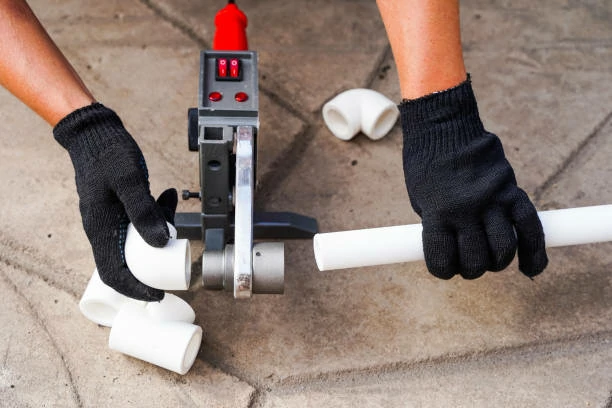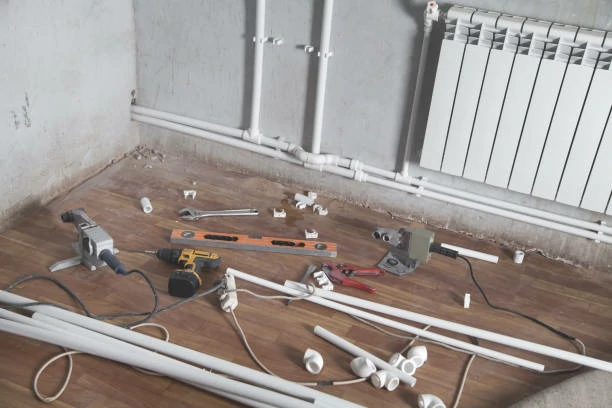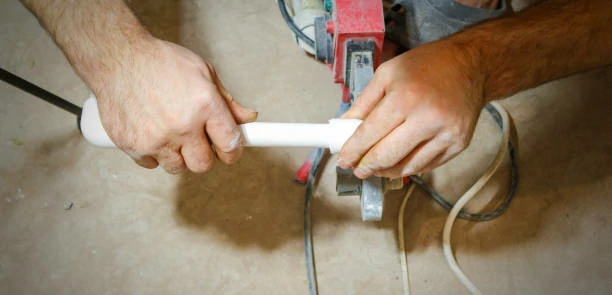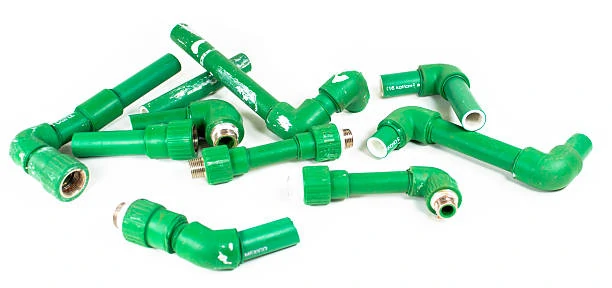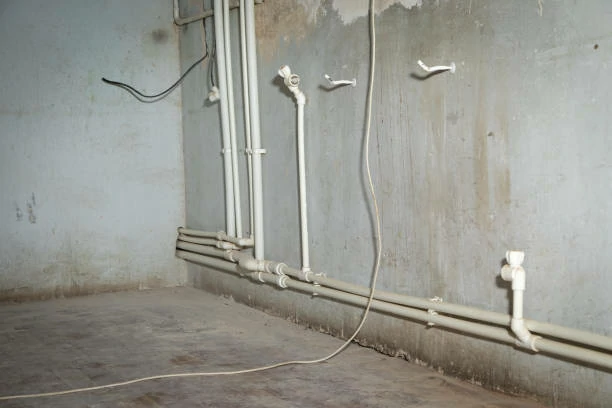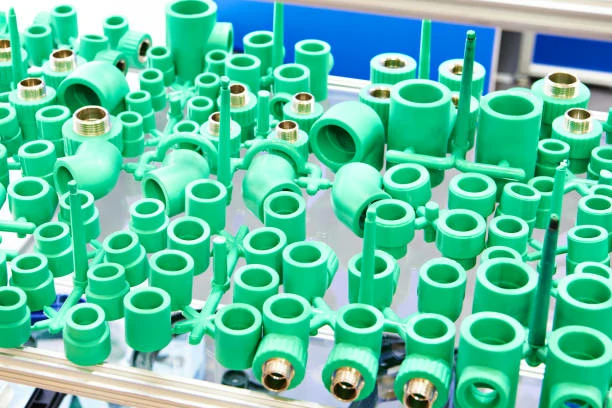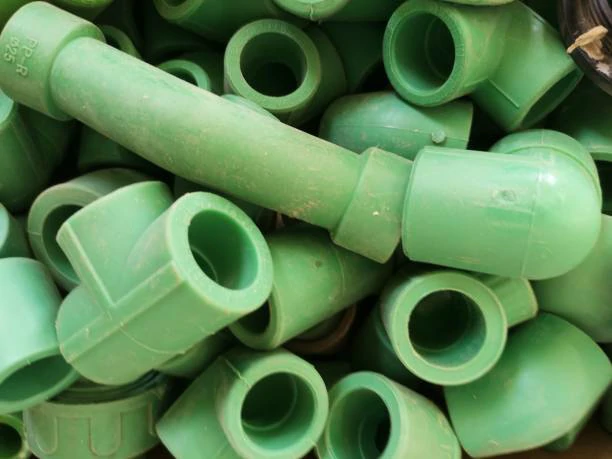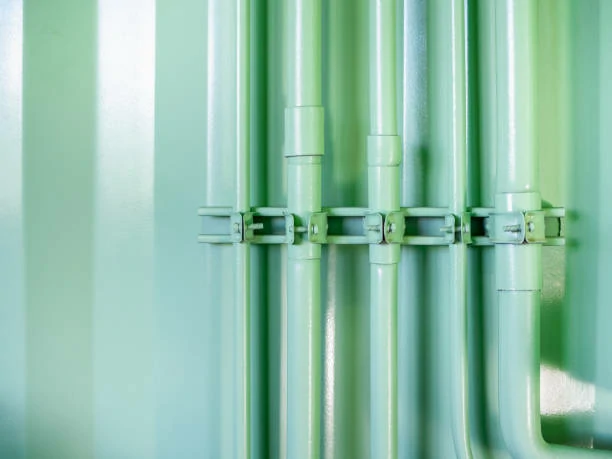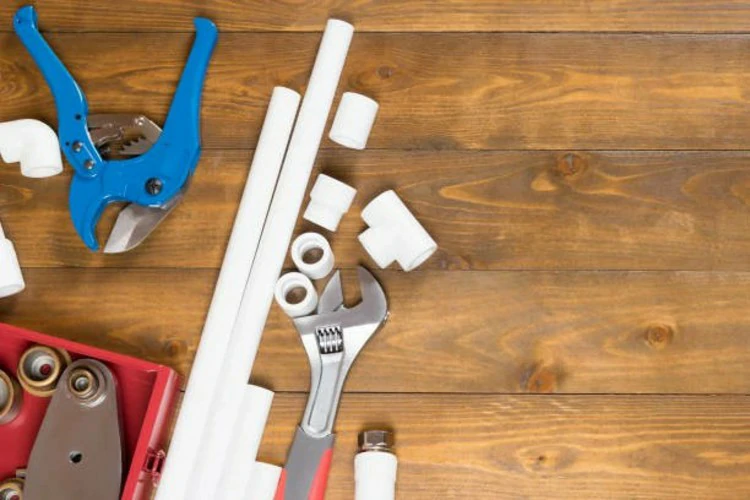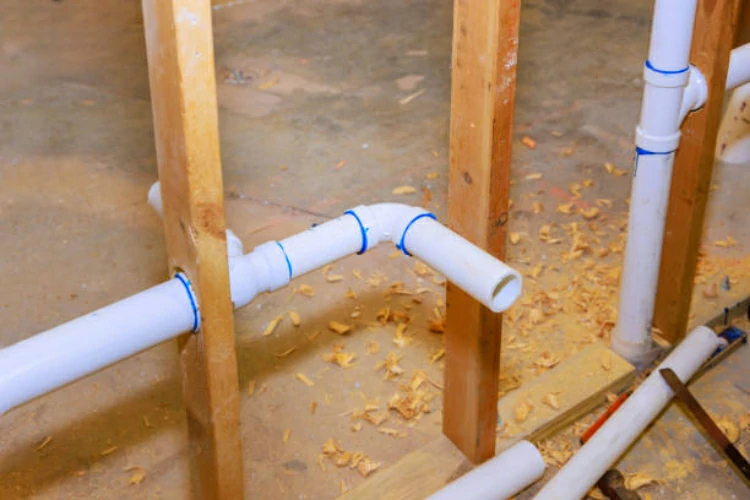Procurement Costs of PPR Fittings
Procurement costs play a crucial role in determining the overall expenditure for PPR (Polypropylene Random Copolymer) fittings. This article explores various factors influencing the procurement costs of PPR fittings, emphasizing active cost management and optimization strategies. Material Costs Material costs constitute a significant portion of the procurement expenses for PPR fittings. PPR, known for its […]

